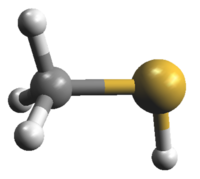|
The analysis and most of the measurements were
presented by
(1) O. Zakharenko, F. Lewen, V. V. Ilyushin, M. N. Drozdovskaya,
J. K. Jørgensen, S. Schlemmer, and H. S. P. Müller,
2019, Astron. Astrophys. 621, Art. No. A114.
Transition frequencies below 117 GHz were contributed
by
(2) S. Tsunekawa, I. Taniguchi, A. Tambo, T. Nagai,
T. Kojima, and K. Nakagawa,
1989, J. Mol. Spectrosc. 134, 63.
Experimental microwave and millimeter-wave transition
frequencies have not been merged. The list with
reference labels can be accessed in the
Cologne Spectroscopy Data section.
The calculated frequencies should be reliable for all
observational purposes. Transition frequencies with calculated
uncertainties exceeding 0.1 MHz should be viewed with caution.
Please note that the vibrational identifiers correspond in
the present calculation to the torsional quantum number m.
The values 0 and 1 correspond to A and E symmetry
lines, respectively, of vt = 0.
The corresponding values for vt = 1
are –3 and –2, those for
vt = 2 are 3 and 4. The signs
of Ka designate the parity for A
symmetry lines; for E symmetry lines, they designate
in the picture of a degenerate state of a symmetric rotor.
Lower state energies are given referenced to the J =
K = 0, A, vt = 0 level,
which is about 112 cm–1 above the bottom of
the torsional potential well.
Please note that the partition function was scaled from that
of the main isotopic spcies.
The experimental ground state dipole moment was
determined in (2).
|
